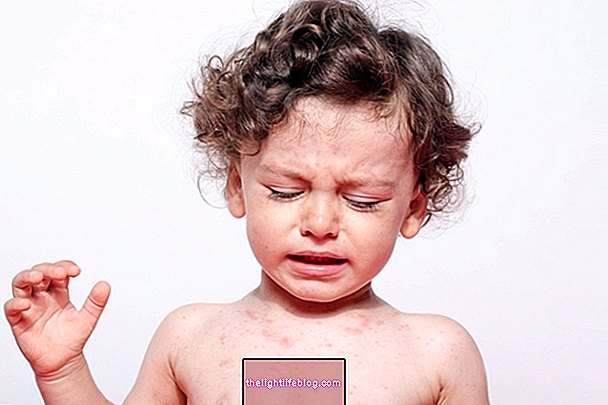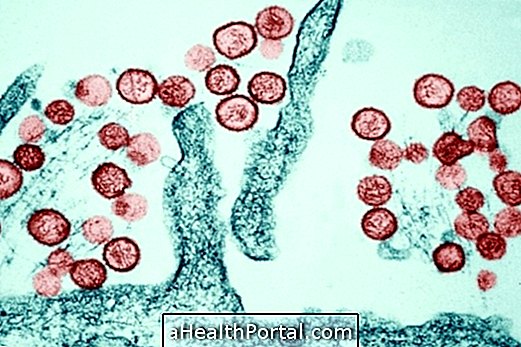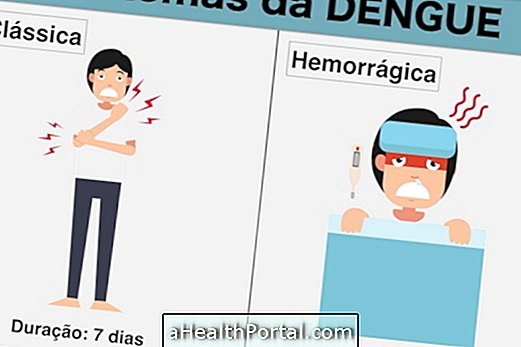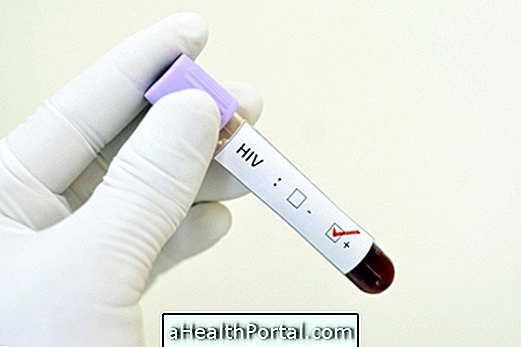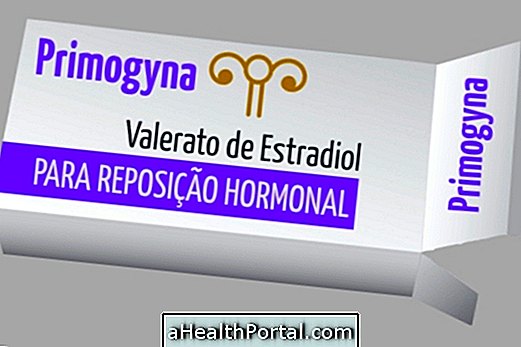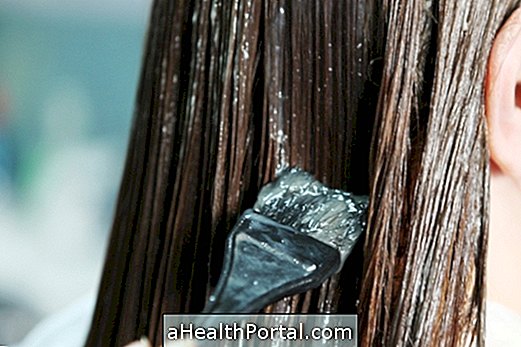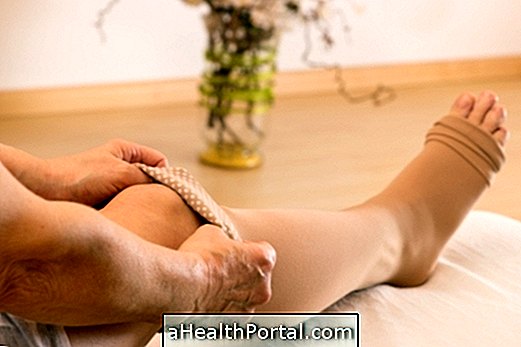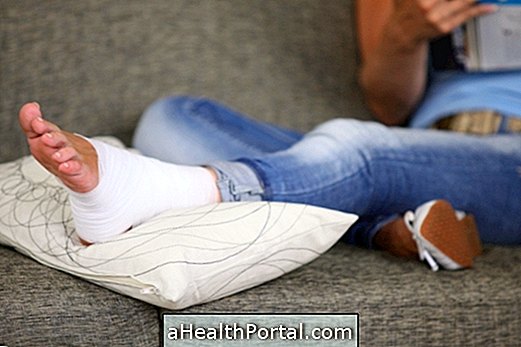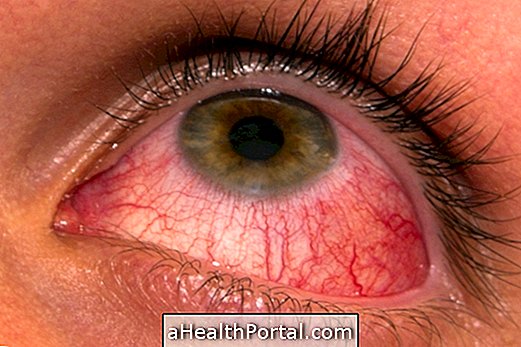Otitis media is inflammation of the ear, which can happen due to the presence of viruses or bacteria, although there are other less common causes such as fungal infections, trauma or allergies.
Otitis is more common in children, however it can appear at any age, and causes symptoms such as earache, yellow or whitish discharge, hearing loss, fever, and irritability.
Its treatment is usually done with medicines to relieve the symptoms, like Dipirona or Ibuprofen, and if there are signs of bacterial infection, usually having pus, the doctor can recommend the use of antibiotics.
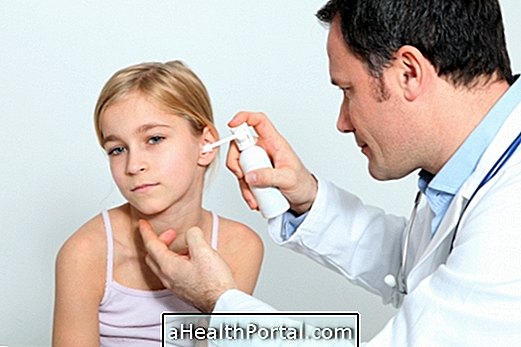
Symptoms of otitis media
Otitis media, or internal otitis, is an inflammation that usually arises after a cold or sinus crisis. This inflammation is very common in infants and children, but it can occur at any age, and is detected by medical examination through the otoscope, which shows the presence of fluid accumulation and other changes in the ear. The symptoms are:
- presence of secretion or accumulation of liquid,
- hearing loss,
- fever,
- irritability,
- redness and even perforation of the eardrum;
The main cause of otitis is the presence of viruses, such as Influenza, respiratory syncytial virus or rhinovirus, or bacteria, such as S. pneumoniae, H. influenzae or M. catarrhalis. Other more rare causes include allergies, reflux, or anatomical changes.
Treatment for otitis media
The treatment is usually done according to the cause, indicated by the doctor, and involves the use of analgesics and anti-inflammatories, as well as decongestants and antihistamines to try to reduce congestion. The use of antibiotics for 5 to 10 days, such as Amoxicillin, for example, may be indicated if there is:
- Persistence of symptoms after 2 to 3 days of treatment of symptoms;
- Symptoms in 2 ears or perforation of the eardrum;
- Presence of intense symptoms, such as vomiting, fever above 39ºC, severe earache
- Immunity compromised;
- Infection in infants less than 6 months, or between 6 months and 2 years, if there is secretion or signs of inflammation in the otoscopy examination.
Depending on the type and severity of otitis, the treatment may still require surgery for drainage of the ear fluid, or tympanoplasty, in case of perforation of the eardrum.

Otitis in the baby
Otitis in infants may be more difficult to identify since they can not express symptoms well. Signs and symptoms that may indicate otitis in the baby are difficulty in breastfeeding, drowsiness, irritability, fever or frequent hand-to-ear, especially if there was a previous picture of a cold.
In the presence of these signs, it is important to seek care of the pediatrician for evaluation, especially if there are signs of bad smell in the ear or presence of pus, as they may indicate severity. Learn more information, with your pediatrician, on the main causes and how to identify the earache in the baby.
Treatment will be indicated by the doctor according to the cause of the otitis, and the antibiotic, such as Amoxicillin, may be indicated in the presence of signs indicating infection by bacteria, such as yellowish discharge and redness, or whenever there are signs of infection. ear in the baby less than 6 months old.
Types of otitis media
Otitis media can also be divided into different types, which vary according to the signs and symptoms, length of time and number of episodes of inflammation. The main ones include:
- Acute otitis media : is the most common form, with rapid onset of signs and symptoms, such as earache and fever, caused by acute middle ear infection;
- Recurrent acute otitis media: Acute otitis media that repeat for more than 3 episodes in 6 months or 4 episodes in 12 months, usually due to the same microorganism that returns to proliferate or by new infections;
- Serous otitis media : also called otitis media with effusion, is the presence of fluid in the middle ear, which can remain for several weeks to months without causing signs or symptoms of infection;
- Chronic suppurative otitis media : characterized by the presence of persistent or recurrent purulent secretion, together with perforation of the tympanic membrane.
In order to differentiate between these types of otitis, the doctor usually makes a clinical evaluation, with physical examination, observation of the ear with otoscope, besides evaluation of the signs and symptoms.
Home Treatment Options
During the treatment indicated by the doctor, and never replacing it, some measures can be taken at home to accelerate the improvement of otitis, such as:
- Drink plenty of fluids, staying hydrated throughout the day;
- Prefer to rest, avoiding exercise or stressful activities;
- Feed yourself in a healthy and balanced way, with a diet rich in fruits, vegetables, grains and seeds, as they are rich in omega-3s and other nutrients that help for better recovery from inflammation;
- Making a warm compress on the outside of the ear can help relieve pain.
In addition, any product in the ear should never be dripped except for those indicated by your doctor as this may worsen inflammation and impair recovery.


